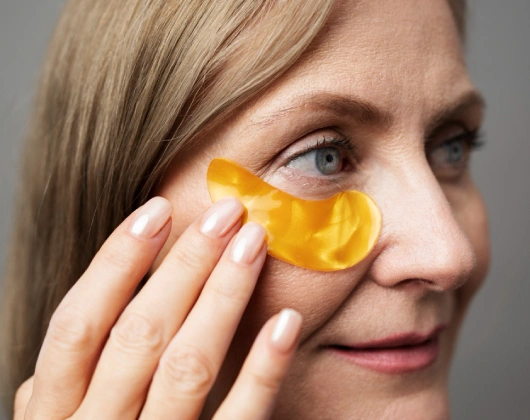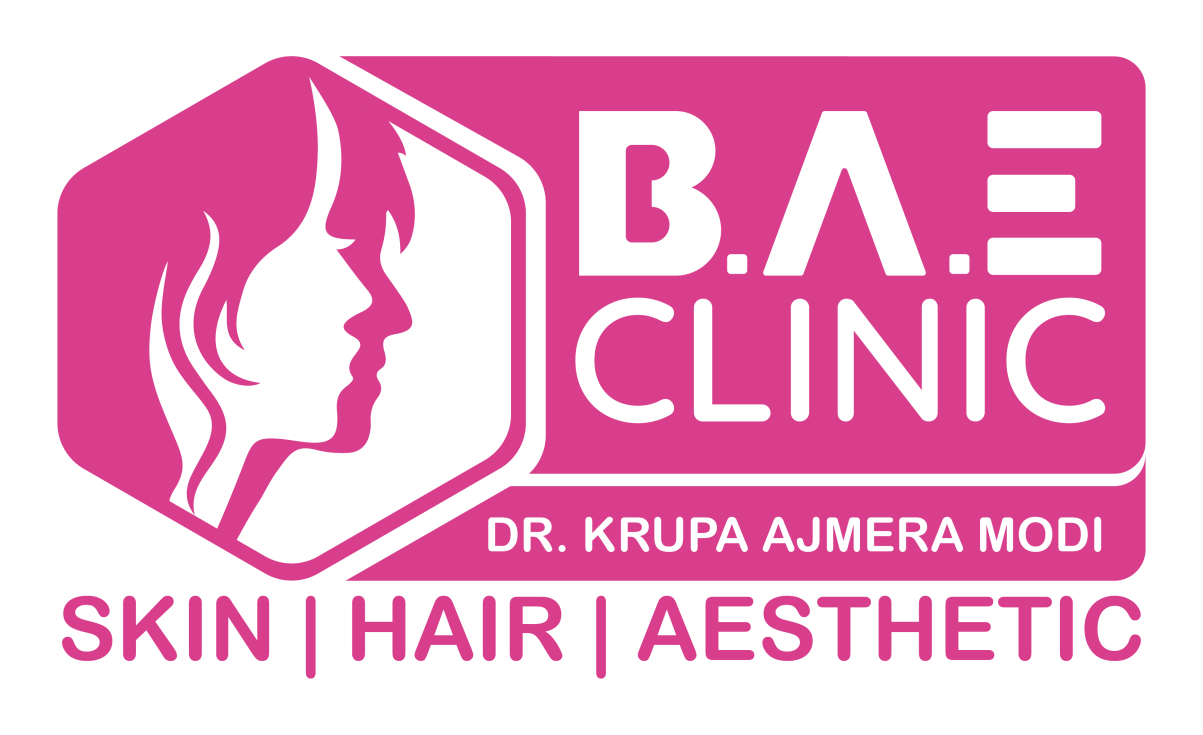
Sun Age Spot Treatment In Borivali & Goregaon
Sun age spots are marks that commonly appear on the skin after prolonged sun exposure. Sunspots, also known as liver spots or solar lentigines, are very common.
Causes
- Sun age spots are a result of the body producing excess melanin. Melanin is the pigment that gives skin its color.
- When the skin is exposed to sunlight, the body produces extra melanin to protect the skin from the sun’s ultraviolet (UV) rays. The more melanin produced, the darker the skin becomes.
- Sun age spots appear when excess melanin in the skin becomes clumped together.
Recommended For
Laser treatment of brown spots works by targeting the melanin (brown pigment) in each lesion. Patients with fair to the medium or olive-complexion skin will respond better to the laser.
Not Recommended For
Patients with darker skin are not good candidates for this procedure since the natural pigment in the skin could absorb the laser energy and cause blisters and burns.
Treatments

Laser Resurfacing
During laser resurfacing, a wand-like device is used to deliver beams of light that remove sun damaged skin layer by layer. New skin is then able to grow in its place. Laser resurfacing on the face can take anywhere from 30 minutes to two hours depending on how many sunspots are being treated. Healing typically takes anywhere from 10 to 21 days.

Intense Pulse Light (IPL)
IPL uses pulses of light energy to target sunspots on the skin. It does this by heating and destroying the melanin, which removes the discolored spots. An IPL session usually takes less than 30 minutes and causes little to no pain. The number of sessions needed varies from person to person.

Cryotherapy
Cryotherapy removes sunspots and other skin lesions by freezing them off with a liquid nitrogen solution. Nitrous oxide may be used (instead of liquid nitrogen) for the treatment of superficial dark spots, such as sunspots, because it’s not as aggressive and is less likely to cause blistering. Cryotherapy takes just a few minutes and is generally well-tolerated.

Chemical Peels
This procedure involves applying an acid solution to skin, which creates a controlled wound that eventually peels off, making way for new skin. Chemical peels can be painful and cause a burning sensation that lasts a few minutes, but this can be treated with cold compresses and over-the-counter pain medication.

Microdermabrasion
Microdermabrasion involves gently removing the outermost layer of your skin using a special applicator with an abrasive tip, followed by suction to remove the dead skin. It takes approximately one hour, causes little to no pain, and doesn’t require anesthetic. Your skin will be pink and feel tight following the treatment, but this is only temporary.
Frequently Asked Questions
Who can get Sun age spots?
Anyone can get sunspots, but they are more common in people with fair skin and those older than 40.
How often are treatments carried out?
Laser treatments are usually scheduled at 6-8 week intervals, but often just one session is sufficient, depending on your individual response. IPL treatments may be repeated every 3-4 weeks for a course of 4 sessions.
Are there any side effects of the treatment?
Immediately after treatment, the treated area becomes darker, crusts and peels off over a period of one to two weeks, leaving a pinkish area of new skin lasting several more weeks. Significant fading can continue for up to 6 months after treatment in some cases.
